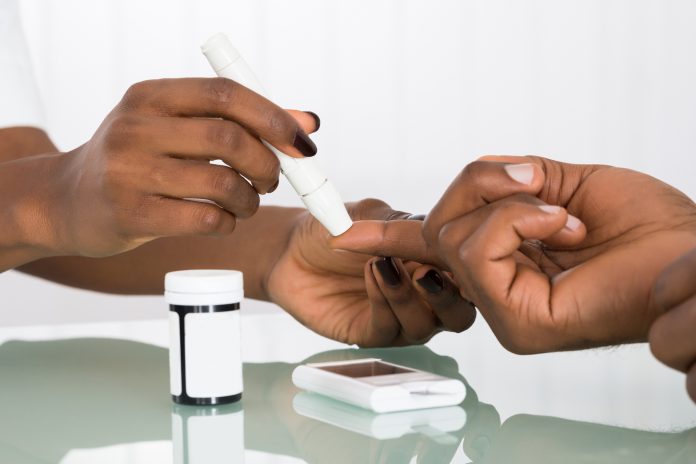Researchers find that ethnic minority diabetes patients are less likely to take medication for their treatment, due to income differences and lack of access
Among patients with type 2 diabetes, racial minority groups have been found to have higher rates of diabetes complications including cardiovascular disease, chronic kidney disease and hypoglycemia (low blood sugar).
These groups, who may particularly benefit from newer diabetes medications which can target these complications, often unfortunately have limitations to accessing the healthcare they need.
Researchers have thus surveyed the link between race and ethnicity with the initiation of newer diabetes medications – including GLP-1 receptor agonists, DPP-4 inhibitors and SGLT-2 inhibitors.
Minority groups had different medication outlooks
In a study published in The Lancet Regional Health – Americas, colleagues at the Johns Hopkins University School of Medicine conducted research determining the frequency of patients of different racial or ethnic groups starting newer diabetes medications.
Using data gathered from 2005 to 2019 in the Look AHEAD (Action for Health in Diabetes) study, a large clinical trial conducted at Johns Hopkins and other sites across the U.S, researchers gathered nearly 5,000 patients with type 2 diabetes and compared their rates of starting newer medications.
They found that compared with white patients, all minority groups were less likely to start newer diabetes medications.
Diabetes is a progressive disease – and so a patient’s blood sugar is likely to increase over time – and it is common for people to need more treatment as they live with diabetes longer, often being stuck in a situation where they must decide which new medication to start.
Scott Pilla, an assistant professor of medicine at the Johns Hopkins University School of Medicine, said: “Over the last two decades, there have been several new medications that have been shown to be beneficial to patients with diabetes complications like heart disease and kidney disease. These medications are often more expensive, and we worry that the groups needing them most might not have access.”
Socioeconomic factors altered patient’s likelihood to start medication
These results came out as quite statistically significant for Black patients, who were 20% less likely to start newer medications, and American Indian or Alaskan Native patients, who were 50% less likely.
Patients with lower income were also less likely to start newer medications, however, the effect of race and ethnicity was present regardless of a patient’s income.
Pilla added: “It’s important to note that the findings were not driven by income. There are several major possibilities as to why this inequity exists. Patients may have differences in access to medications, there may be differences in how they are treated by doctors or there may be differences in patient preference.”
“As a medical community, we want patients to have equitable access to the best treatments. We want to make sure patients of all races and ethnicities can overcome any barriers to receiving the medications they need.”
The next step in the research is understanding how insurance coverage impacts which diabetes medications get prescribed, and the researchers hope to better understand patient and doctor preferences for different types of diabetes medications.











